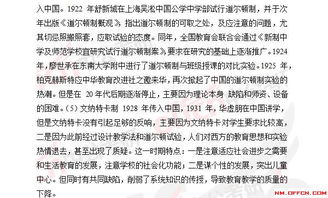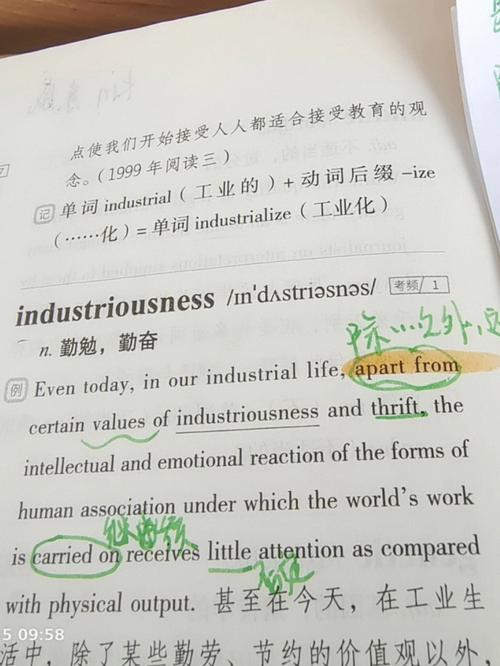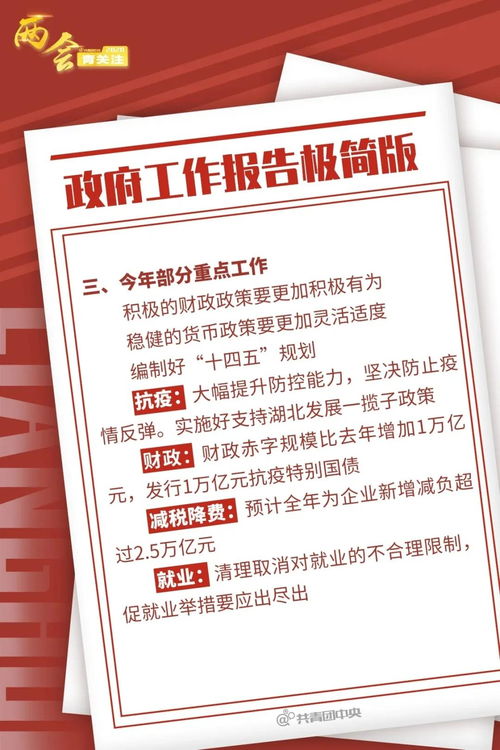考研教育学专业考哪些科目
Title: Mastering Education Studies: Sample Questions for Graduate Entrance Exams
Question 1:
Discuss the concept of "scaffolding" in education. Provide examples of how scaffolding can be implemented in classroom teaching to support student learning.
Answer:
*Scaffolding* in education refers to the support provided by a teacher or more knowledgeable peer to enable a student to build on prior knowledge and achieve higher levels of understanding. It is based on the idea that learning is most effective when it occurs within a zone of proximal development (ZPD), where tasks are challenging but achievable with guidance.
In classroom teaching, scaffolding can take various forms:
1.
Modeling:
The teacher demonstrates a skill or task, providing a clear example for students to follow. For instance, in a writing lesson, the teacher might model how to structure a paragraph or use persuasive language.2.
Guided Practice:
Students engage in activities with guidance and support from the teacher. For example, in a math lesson, the teacher might work through a problem stepbystep with the class before students attempt similar problems independently.3.
Feedback:
The teacher provides constructive feedback to students as they work on tasks, helping them identify errors and improve their understanding. This could involve highlighting strengths and areas for improvement in a student's writing or offering suggestions for refining a scientific experiment.4.
Questioning:
The teacher asks probing questions to prompt deeper thinking and guide students towards discovering solutions independently. In a history lesson, for instance, the teacher might ask students to consider different perspectives on a historical event, encouraging critical analysis.5.
Collaborative Learning:
Students work together in pairs or groups, with each member contributing their unique strengths and perspectives. This collaborative approach fosters peer support and allows students to learn from one another.By implementing scaffolding techniques, teachers can effectively support student learning and facilitate the development of higherorder thinking skills.
Question 2:
Explain the principles of Universal Design for Learning (UDL) and discuss how they can be applied to create inclusive educational environments.
Answer:
*Universal Design for Learning (UDL)* is an educational framework based on the premise that instructional methods and materials should be designed to accommodate the diverse learning needs of all students, including those with disabilities and other challenges. The principles of UDL include:
1.
Multiple Means of Representation:
Presenting information in multiple formats to cater to diverse learning styles and preferences. This could involve using visual aids, auditory cues, handson activities, and multimedia resources to convey concepts.2.
Multiple Means of Expression:
Providing students with various ways to demonstrate their understanding and communicate their ideas. This may include options such as written assignments, oral presentations, artistic projects, and digital media creations.3.
Multiple Means of Engagement:
Offering diverse opportunities for students to engage with learning materials and activities, catering to their interests, motivations, and preferences. This could involve incorporating realworld examples, interactive simulations, choicebased assignments, and collaborative projects.By applying the principles of UDL, educators can create inclusive educational environments where all students have equitable access to learning opportunities and are empowered to succeed. This approach promotes flexibility, differentiation, and personalized learning experiences, ultimately fostering greater engagement, participation, and achievement for students of all abilities.
Question 3:
Discuss the significance of formative assessment in the teaching and learning process. Provide examples of formative assessment strategies that can be used in the classroom.
Answer:
*Formative assessment* is an ongoing, interactive process that occurs during instruction to monitor student learning progress, provide feedback, and inform instructional decisions. Unlike summative assessment, which evaluates student learning outcomes at the end of a unit or course, formative assessment focuses on assessment for learning, rather than assessment of learning.
The significance of formative assessment in the teaching and learning process includes:
1.
Informing Instruction:
Formative assessment provides timely feedback to both teachers and students, helping identify areas of strength and weakness and guiding instructional planning and adjustment.2.
Supporting Student Growth:
By offering feedback that is specific, actionable, and targeted to individual learning needs, formative assessment empowers students to take ownership of their learning and make continuous improvements.3.
Promoting Metacognitive Skills:
Engaging in formative assessment encourages students to reflect on their learning process, set goals, and develop metacognitive awareness, enhancing their ability to monitor and regulate their own learning.
Some examples of formative assessment strategies that can be used in the classroom include:
1.
Exit Tickets:
Brief assessments administered at the end of a lesson or class period to gauge student understanding and identify any misconceptions or areas of confusion.2.
ThinkPairShare:
An interactive strategy where students individually reflect on a question or prompt, discuss their thoughts with a partner, and then share their ideas with the class, promoting active engagement and peer learning.3.
Classroom Polls or Surveys:
Using technology or lowtech methods to gather quick feedback from students on their understanding, opinions, or preferences, allowing the teacher to adjust instruction accordingly.4.
Observations and Checklists:
The teacher observes student behavior, participation, and work products during class activities and uses checklists or rubrics to document progress and provide feedback.5.
OneMinute Papers:
A short writing activity where students respond to a prompt or question in writing for one minute, summarizing key concepts or reflecting on their learning experience.By integrating formative assessment practices into instruction, educators can create dynamic learning environments that promote continuous improvement, engagement, and achievement for all students.
These questions and answers offer a glimpse into the depth and breadth of topics covered in education studies, preparing prospective graduate students for the challenges and opportunities they will encounter in their academic and professional journeys.












评论